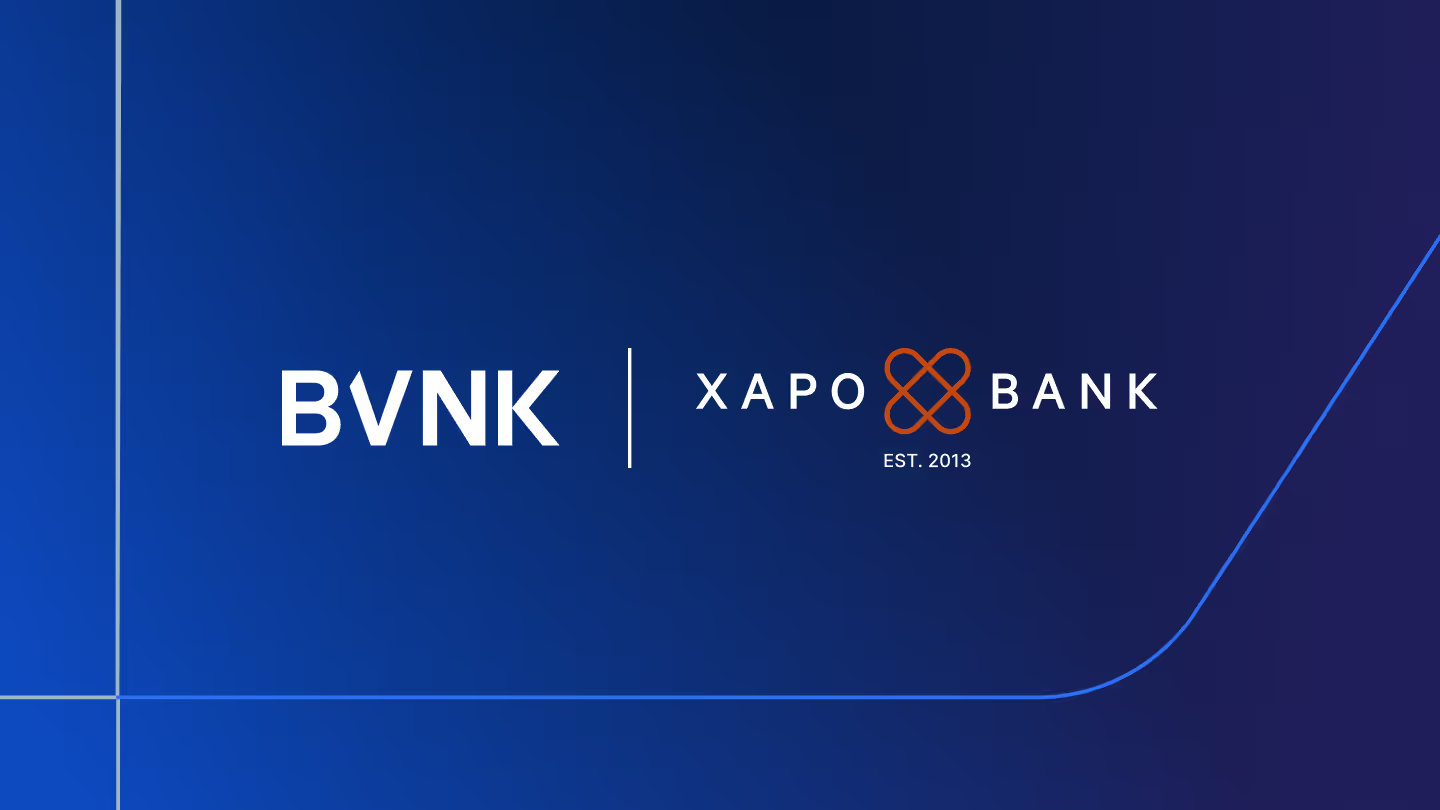How is digital assets regulation shaping up in the US? Insights from Currency NYC 2023
Leaders from PwC, Paul Hastings, Silvergate and BVNK shared their views on the future of digital asset regulation at Currency NYC in November.

The global regulatory picture around digital assets is evolving fast. In the EU, we’re seeing the development of a unified framework with MiCA, covering licensing, supervision and enforcement. In the US, we’re seeing an approach of regulation by enforcement.
The global picture is uneven because regulators are on different missions, said Dana Syrcause, Partner at law firm Paul Hastings: “Some are about consumer protection, some are about investor protection, some are about both. Different regulators are interested in different products. I see clients looking overseas to get licensed because there are new regimes that allow for the launch of a specific product. By the same token, I see clients trying to come to the US.”
Clarity across the whole industry is unlikely, added Dana: “There are a lot of sound bites about wanting regulatory clarity. The fact is you're never going to have it because the industry has different types of products, and new products are emerging at different times. ‘Reg lag’ is a thing: legislators, regulators, need to learn a product, understand how to licence it, supervise it and staff up around it. All of those things take time.”
In the EU, many are already talking about “MiCA 2”, said Marta Lia Requeijo, BVNK’s SVP of Financial Crime Compliance, but there is an 18-month rulemaking process for MiCA '1’, before it's fully in force. After 18 months, the EU Commission will report on three issues – NFTs, DeFi, and crypto lending/borrowing – before any further regulatory developments.
This is a summary of a discussion from Currency NYC 2023. Watch the session in full above.
What does good regulation look like for digital assets?
Developing regulation in a nascent market is challenging, said Capital Markets Consulting Lead and Partner at PwC, Christopher Scarpati: “The market structure is still evolving and so the regulatory environment needs to keep evolving…. to make changes to regulation in the traditional securities markets is a lot more straightforward because the market structure is established – it's been that way since the dawn of time.”
Good regulation needs to be precise, added Paris Cribben, General Counsel at Silvergate Bank: “We need to make sure that lawmakers are setting up bills with clear definitions, giving clarity around which agency does what, and who has oversight when. There needs to be a prescriptive risk management framework, which still allows for innovation and change. You don't want it to be too pigeonholed, or deferred to the traditional financial incumbents which could make it difficult for new entrants.”
To be effective, regulation also needs to be backed by resource, added Dana Syracuse: “The worst thing that can happen is to have this nice piece of new legislation which says one office is in charge, but that office doesn't have the money to hire anybody to process your application.”
It's important that regulation is clear on licensing, said Marta Lia Requeijo. The UK’s recent proposals aim to bring stablecoins in scope of the existing UK Payment Services Regulation, “which will provide a lot of clarity to the industry on licensing, issuance and custody,” said Marta. “That’s a great advantage because anything that is predictable will ultimately bring trust to the market.”
The UK proposals also do a good job of defining the responsibilities of different regulators, the FCA, the Bank of England and the PSR, she added: “There are countries that have one regulator, there are countries that have several… so it's very important that you know with whom you're dealing and for what.”
A constellation of clarity is emerging in the US
2023 has brought active dialogue and progress towards digital assets regulation in the US.
Paris Cribben pointed to Chairman McHenry’s ‘Clarity for Payment Stablecoins’ Act, as a contender for legislation in 2024: “There are some issues in the bill that still need resolving, around public versus private blockchains and tokenized deposits for example… but as we move into 2024, it has the best chances of survival because both sides of the political aisle really want the US dollar to remain strong. And if we don't get stablecoin legislation in the next year or so, we run the risk of seeing more entities and infrastructure move offshore.”
We've also seen guidance at the state level, said Dana Syracuse: “In New York, we have stablecoin guidance out of NYDFS, we have the SPDI regime in Wyoming and South Dakota has chartered several digital asset companies, while California has recently passed a bill that has some tight language around what it means to be a custodian. These are data points that form an overall constellation of the law and provide a form of clarity.”
But how US judges will rule is harder to predict, adds Dana: “We can figure out where regulators are going because we've seen the history of enforcement actions. We can figure out where guidance will go and where legislation will go because there are roadmaps… But, the area of judge-made law, particularly in a bankruptcy context, is a big unknown.”
Digital assets enable better AML outcomes
While rules around prudential requirements, consumer protection and financial stability for the digital assets industry are still in development around the world, laws to prevent money laundering and terrorist financing are further along, with many countries already following global standards set out by the Financial Action Taskforce (FATF).
Financial crime outcomes can actually be more effective with digital assets, said BVNK’s SVP Financial Crime Compliance Marta Lia Requeijo: “I’ve been in financial crime for 20 years looking at investigations, reporting to regulators and being a former regulator. And the interesting thing is that there is much more information available on the blockchain. In a Swift payment for example, you see information about the last leg of the payment. With digital assets, you see everything from moment zero to today…. So the provision of information to the police and the authorities can be much more complete.”
Being able to monitor payments in real-time can also help regulators prevent problems, added Dana Syracuse: “Some regulators are moving to this notion of real time supervision. If you're able to do that, you can identify issues and fix them, making it part of more of the supervisory relationship as opposed to getting to the point of enforcement. A very important result there, which leads to overall safety, is that you’re not waiting until the end – you're not waiting until there's some type of massive issue or failure.”
Session videos with all the insights from Currency NYC 2023 are available on our Youtube channel.
Latest news
View allGet payment insights straight to your inbox



.jpg)






.avif)


.jpg)





